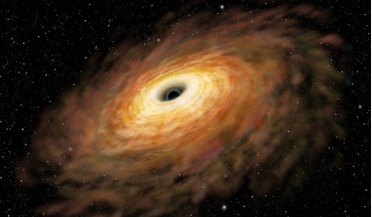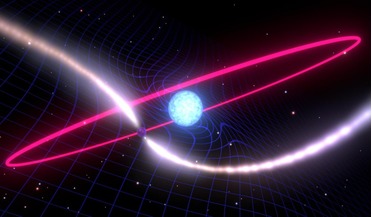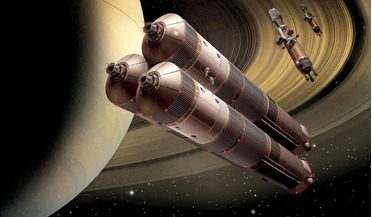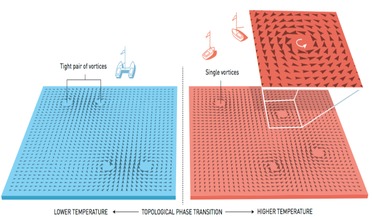 02 December 2019
"Impossible" black hole found in our Galaxy
02 December 2019
"Impossible" black hole found in our Galaxy
... LB-1 fits nicely with another breakthrough in astrophysics. Recently, the Laser Interferometer Gravitational-Wave Observatory (LIGO) and Virgo gravitational wave detectors have begun to catch ripples in spacetime caused by collisions of black holes...
 31 January 2020
Einsteins prediction of 'draggable' space-time confirmed by stellar binary system
31 January 2020
Einsteins prediction of 'draggable' space-time confirmed by stellar binary system
... ago, a team led by Swinburne University of Technology's Professor Bailes – director of the ARC Centre of Excellence in Gravitational Wave Discovery (OzGrav) – pointed the CSIRO Parkes 64-metre radio telescope at a pair of incredibly dense objects...
 June 2018
Space 2080 a future perspective
June 2018
Space 2080 a future perspective
... is modelled with the aid of autonomous aer’Bots which drift with the winds. Following the characterisation of gravitational waves by the eli’Sa mission in the 2030s, radio telescopes scrutinise the depths of our universe in order to understand the...
 April 2018
Future Cubesat swarms pose significant communications challenges
April 2018
Future Cubesat swarms pose significant communications challenges
... density of the auroral Lower-Thermosphere-Ionosphere region [9]. The eLISA mission has been designed by ESA to detect gravitational waves. The mission consists of one ‘mother’ and two ‘daughter’ satellites that would be deployed in three different...
 19 February 2016
Test Masses of ESA's LISA Pathfinder Released Successfully
19 February 2016
Test Masses of ESA's LISA Pathfinder Released Successfully
... successfully. LISA Pathfinder was built by Airbus Defence and Space and is the European Space Agency’s gravitational-wave detection technology demonstrator. Airbus Defence and Space is the world´s second largest space company. Satellite operators...
 04 October 2016
Results of this years Nobel Prize in Physics is released
04 October 2016
Results of this years Nobel Prize in Physics is released
... of matter.” Many expected the prize to be given to the team behind this years monumental announcement of the discovery of gravitational waves using the LIGO detector, however the Royal Swedish Academy of Sciences choose three laureates who have...